Blog
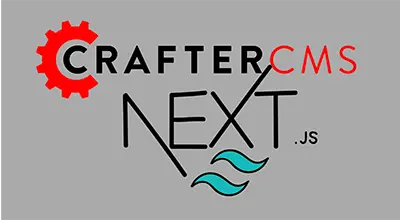
Tailwind CSS Review: First Impressions of Tailwind and Next.js
As customers increasingly demand more visually appealing designs, enterprises rely on new technologies, libraries, and frameworks to meet these demands. With that, they can develop better branding, have higher customer engagement, and develop feature

15 AWS Services Web Developers Should Know
Amazon Web Services (AWS) is the go-to cloud infrastructure for most businesses today. With the scalability and adaptability it provides, everyone from startups to midsize organizations and large enterprises relies on AWS’ security and reliability fo

What is Material UI
With customers looking for more aesthetically pleasing designs, the world is witnessing several advancements in frontend design frameworks, libraries, and tools to deliver these designs. These technologies have helped companies improve customer engag

What Is JSON Web Token (JWT)?
A web token is a secure format for exchanging and transmitting sensitive data between two nodes or parties in a self-contained block. Amongst its numerous use cases, they are particularly known for strengthening authentication processes within and be

Integrating Okta with SAML2 to Crafter Engine
Today, within a modern cloud-based application, there are many cases where application end users want to use Single Sign-on (SSO). In which case, users log in to an Identity Provider for identifying, then use this information to authenticate to many services without the need to re-enter credentials information. In this tutorial, we demonstrate such an authentication method by using Okta with SAML2 for Crafter-powered end user software applications such as websites, portals, mobile apps and more.

Using Macros to Structure Asset Folders in CrafterCMS
Static assets are media (images, videos, etc.) or any document/binary files which are used in your site. A CrafterCMS site stores all assets under `/static-assets` directory of Studio. If your site is growing, there is a chance that you and your team will need to upload and manage a huge number of assets. Without a well-designed directory structure, this may lead to authoring usability and performance issues. In this tutorial, we introduce how to use a macro to structure static assets directory. This will help authors upload files to designated folders or even select which folder to upload to without the need of understanding the below form control.

Building a Plugin to Embed Tweets in Crafter Studio's Rich Text Editor
Crafter Studio supports Rich Text Editing via TinyMCE by default. TinyMCE is one of the most powerful WYSIWYG editors. This Rich Text Editor (RTE) enables users to input different types of content such as text, images, videos, and so on to Crafter Studio. We can also extend TinyMCE with plugins. In this article, we will build an RTE plugin for TinyMCE that enables authors to easily embed Tweets to site pages. This plugin uses Tweet ID as the only input required to render Embed Tweets either by inserting static HTML or dynamically at runtime.

The Best Developer Experience: A Technology Agnostic CMS
One of the biggest pet peeves for a software developer is being forced to use legacy technologies that were dictated by prior decisions from another era. Unfortunately, this happens all the time when developers need to use certain frameworks to build
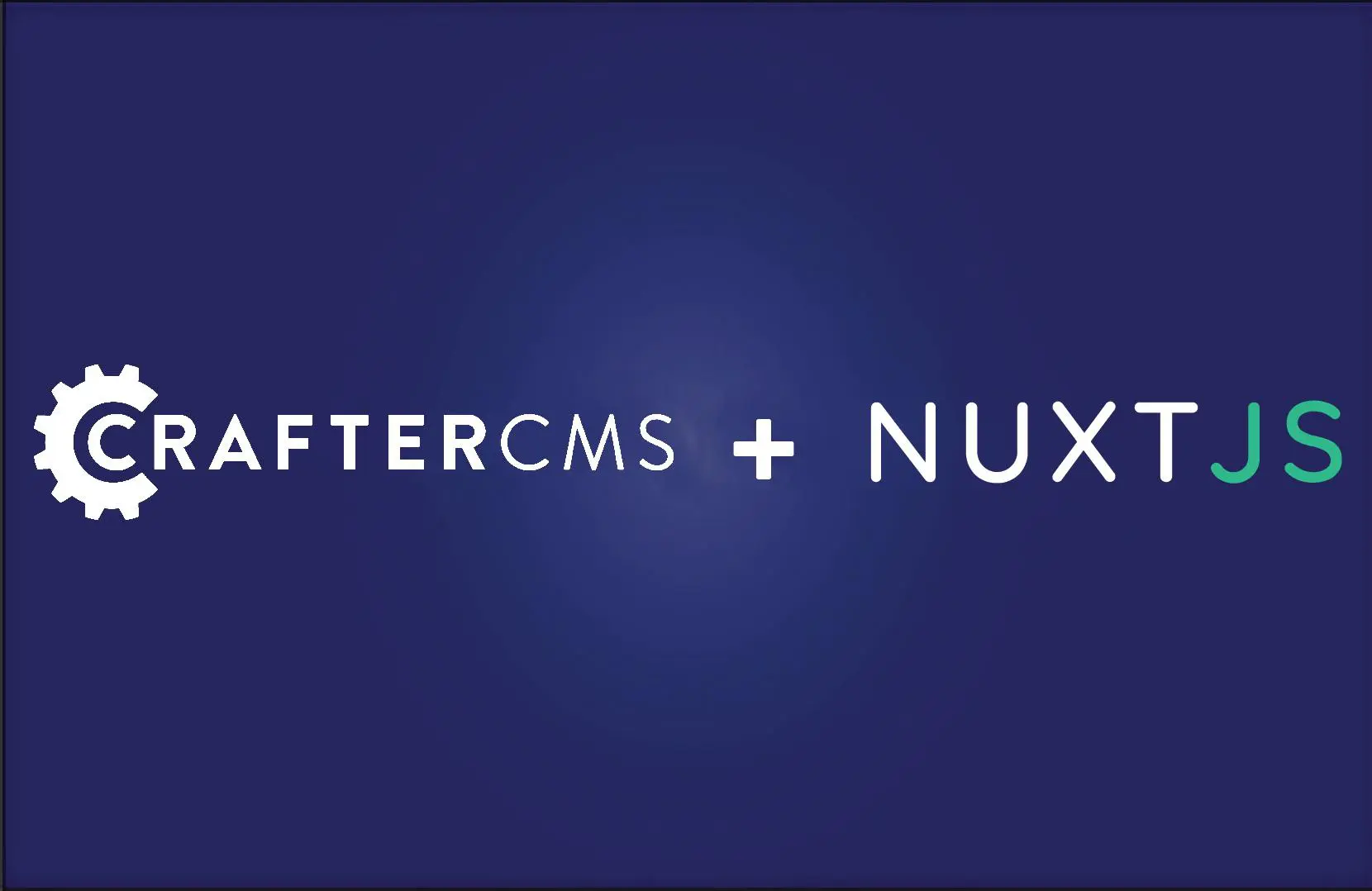
Single Page Application (SPA) Development with Nuxt.js: A Quick Review
Single Page Applications (SPAs) have proven to be game-changers in the domain of frontend web development. Ever since the advent of SPAs, the web ecosystem has experienced a significant positive drift in terms of speed, performance, code quality, rel
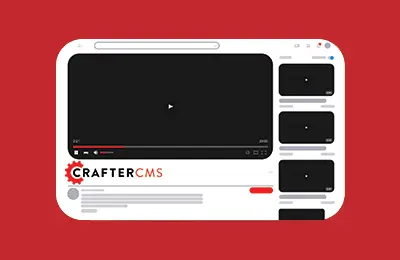
Building a YouTube Video Plugin for CrafterCMS
Introduction CrafterCMS is an open source CMS with a Git-based repository that enables developers, content authors, and ops to work together collaboratively to deliver stunning personalized, multi-channel experiences faster and easier than ever befor
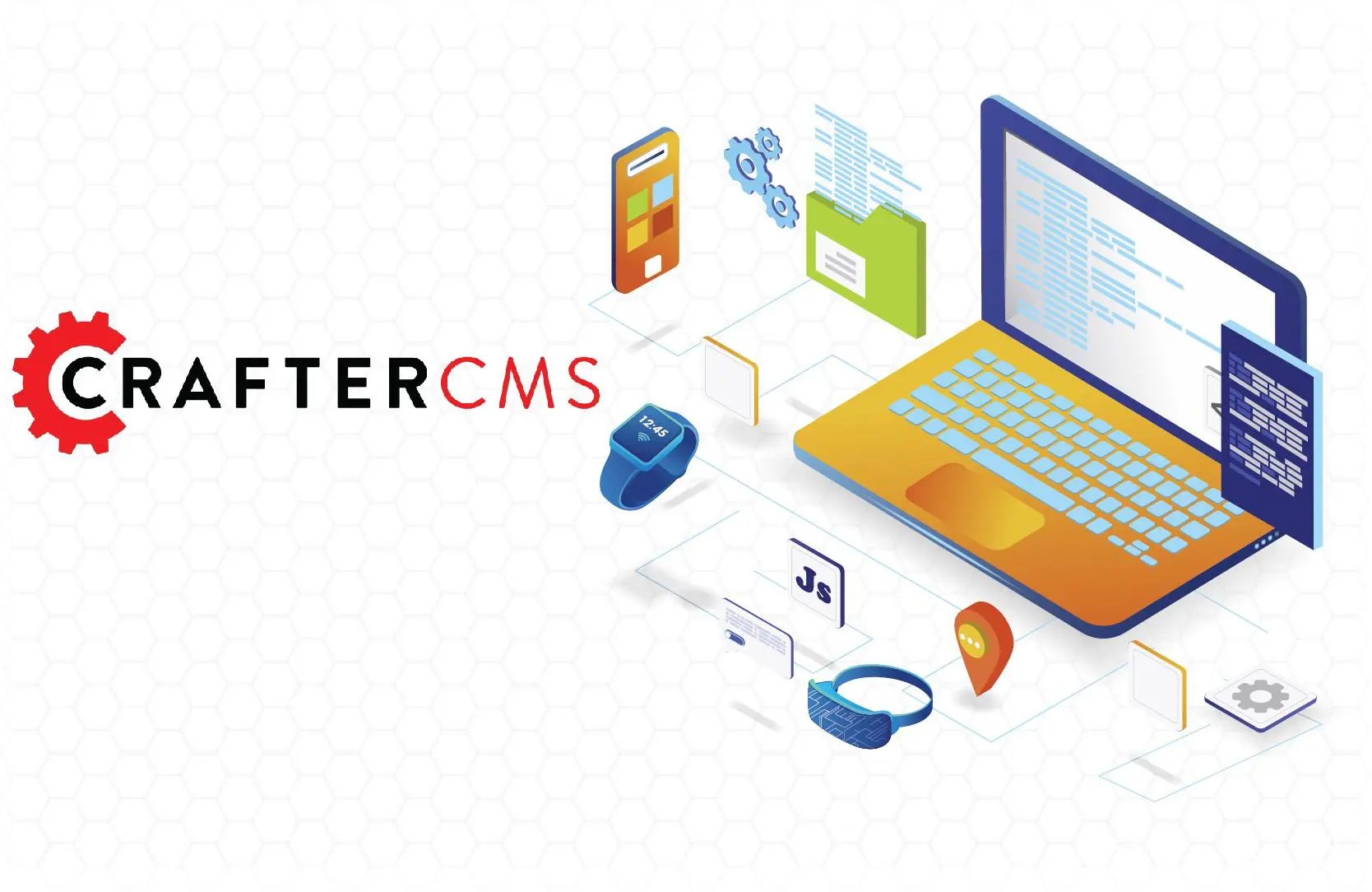
Web CMS Architectures: Coupled, Decoupled, or Headless?
For many enterprises, choosing a web CMS platform to power their websites and other content applications can be a tough one to make. According to CMSWire, there can be upwards of 14 rules that businesses need to consider when choosing a content manag
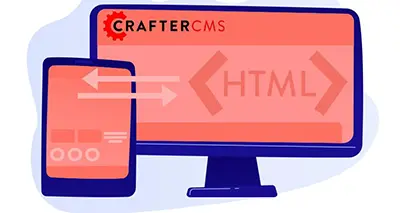
Crafter: A Headless CMS for SPAs
Single-page applications (SPAs) have been quietly taking center stage in the world of web development for some time. While the average user might not be aware, many of the most commonly used popular websites and social media platforms are SPAs. The l